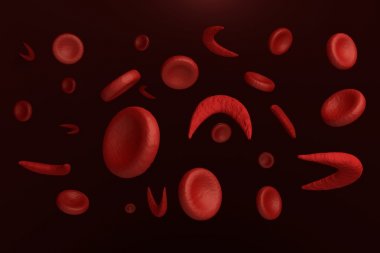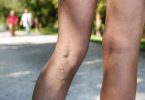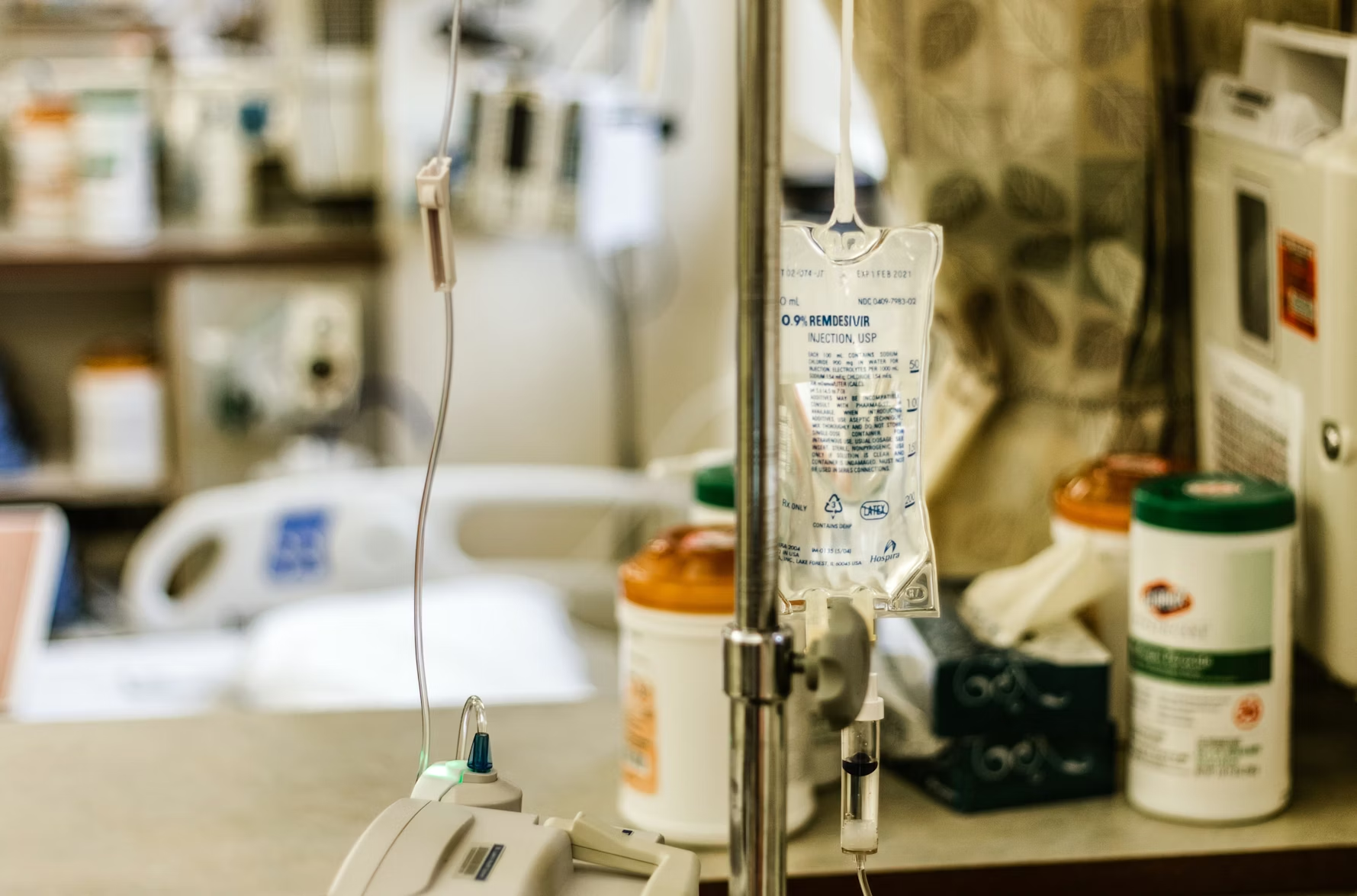What is sickle cell anemia? Sickle cell anemia, more broadly understood, is an extraordinary teaching topic that brings together concepts of genetics, ontogeny, phylogeny, evolution, public health, and ethics. Modern Biology provides all-inclusive laboratory exercises that give your students a chance to test themselves for sickle cell genes and to understand how sickle cell genes relate to sickle cell traits. Modern Biology’s Experiment 102: Genetics and Sickle Cell Anemia gives you as the teacher to use this lab exercise as a springboard for discussion of one of the world’s most important health topics.
Sickle cell disease is a single-gene disorder. It is characterized by repeated, painful acute systems, pervasive problems with circulation, and progressive organ damage. At one time, sickle cell disease was a condition only found in tropical areas with endemic malaria. Carrying just one gene for the disease confers protection against malaria.
Sickle cell disease has always been an important health issue for America’s Black population. But more recently, massive migrations of tropical populations have given sickle cell disease worldwide distribution. Sickle cell disease is now common across North and South America and in the higher-income areas of Europe.
In the United States, sickle cell disease was once considered a death sentence. Even 50 years ago, most homozygotes for the sickle cell trait died before the age of 10. Now, newborns are screened for the disease. Systematic clinical follow-up prevents sepsis and organ damage so that the life expectancy for a newborn with the disease in the United States has risen to 42 years for men and to 47 years for women. There has even been one patient who has been cured of the disease by CRISPR gene editing, Tennessee native Victoria Gray.
Even so, the World Health Organization estimates that 6 percent of all childhood deaths worldwide result from sickle cell disease. About 300,000 children every year are born with both genes for the disease, 3000 of them in the United States.
What important principles of biology can a discussion of sickle cell disease bring home for your students?
- Sickle hemoglobin is the most common hemoglobin mutation worldwide. It is inherited as a Mendelian trait.
- Maps (see Figures 34.1 and following) that show the frequency of the sickle cell gene worldwide are available online. Students can use their data from their own gene testing through services like Ancestry or 23 and Me to see if their ancestors come from (some surprising) parts of the world where the sickle cell trait is found.
- Even before mosquito control programs could prevent malaria and before malaria could be treated, only about 15 percent of people in malaria-prone areas carried even one copy of the sickle cell gene. Why? Children born with two copies of the gene who were not treated for sickle cell anemia usually died before the age of 5, and could not pass down the gene.
- There is now no selection pressure for the sickle cell gene. That is there is no benefit from having just one copy of it. However, it is not disappearing. Population dynamics, which your students can double-check, predict it will take 100 generations for the frequency of the sickle cell gene to fall to zero.
- The ability to predict the frequency of the sickle cell gene is important for public health planning. It’s possible to predict the frequency of the gene in a population in terms of Hardy-Weinberg equilibrium, but useful information for individuals requires that they personally be tested.
That’s where Modern Biology’s Experiment 102 comes in. The best time to detect the sickle cell gene is before marriage, which for most people will be in high school or college. You can ask your students to brainstorm the reasons testing for this gene at this time in their lives would be useful. Possible answers include:
- Testing can confirm that there is no chance either parent will pass the sickle cell trait to their child.
- Testing can show that just one parent has a single copy of the sickle cell gene, and there is a 50-50 chance a child will have sickle cell traits (which are not as severe as sickle cell anemia).
- Testing can show that both parents have a single copy of the sickle cell gene. There will be a 25 percent chance that their child will not have any copies of the sickle cell gene. There is also a 25 percent chance that their child will have the full-blown disease.
Students need to be counseled on the meaning of probabilities. They need to understand that if they have one child who is born with, or without, sickle cell genes, this fact does not influence the genetics of the next child they conceive.
In this experiment, students get the chance to study the electrophoretic pattern of blood from a person who has both sickle cell genes, and sickle cell anemia, with the electrophoretic pattern of blood from a person who carries just one gene for sickle cell disease, and has sickle cell traits. They can discuss the different kinds of symptoms the two individuals may express, and the different kinds of ongoing medical care they may need.
Then they can compare a sample of their own blood against the two standards provided with the test kit. It’s not possible that a student who is a homozygote for sickle cell will be unaware of their condition, but students who are heterozygotes for the trait may be unaware of their genetics. Counseling resources should be available for these students before you schedule the experiment.
Like all hands-on experiments from Modern Biology, this experiment reinforces good lab techniques. Students will need to know how to make a buffer solution with a pH of 9.2. They will need to follow directions to make the agarose gel to apply to the electrophoresis plate. They will need to use a good pipette technique to fill wells on the agarose gel. They will need to articulate their hypothesis to be tested in writing before they begin their work, finish the lab within the time allotted, and record their conclusions from the data they observe in the experiment.








